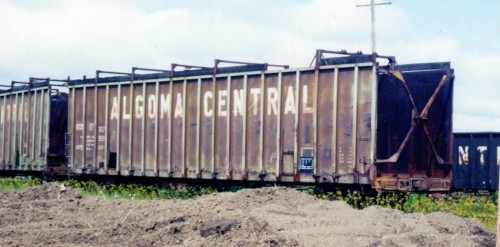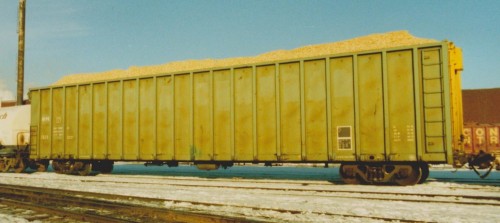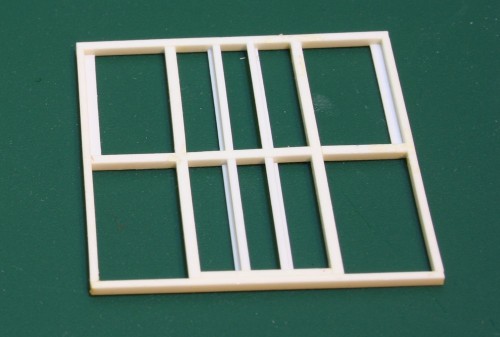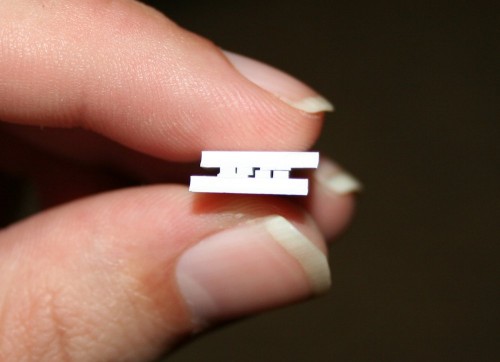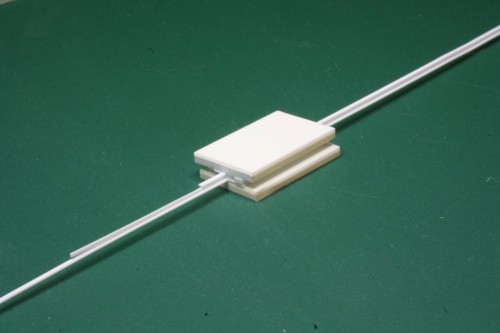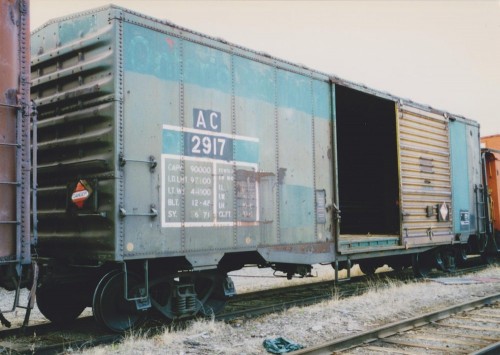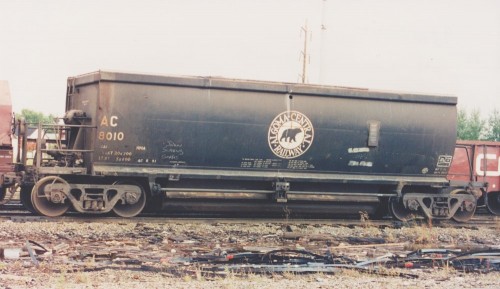ACIS 1415 is an interesting car with a story to tell.
Built in 1974 by National Steel Car, this 61’6″ (inside length) woodchip gondola was purchased for service hauling woodchips from the (then) new Newaygo Forest Products lumber/chip mill at Mead, at mile 275.3. It was one of original 90 cars numbered ACIS 1401-1490. As the cars were exclusively used between Mead and paper mills in Wisconsin (my best information indicate the primary destination for these cars was a mill in Appleton) the “ACIS” reporting marks indicate cars assigned to strictly International Service and not to be used between domestic points within Canada under customs regulations.
By 1985 the Newaygo mill had shut down and most of the Algoma Central’s chip cars were sold off, however this became one of 5 cars (ACIS 1413, 1415, 1416, 1417 and 1433) retained and repurposed as a lumber carrier for Dubreuil Brothers Lumber in Dubreuilville. The end door was removed and replaced with the open steel bracing shown above and the top bracing holding the car’s sides together was raised to provide additional clearance for loading. These cars would be spotted at a ramp at the end of the loading track at Dubreuilville and pulled each day by the southbound freight to head down to the Sault on the night freight out of Hawk Junction. At Steelton yard they would be spotted at a Dubreuil Brothers Lumber yard next to the ACR yards and unloaded.
An interesting example of a unique service provided by a unique regional railway.

